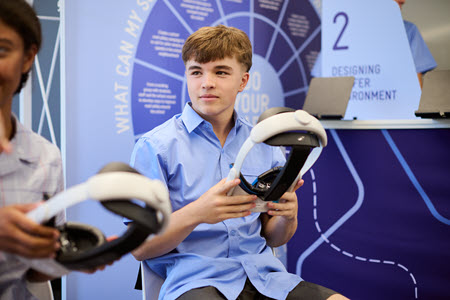Lesson Plan
Risky Behaviours: Managing Risks as a Driver
Secondary School
In-Class
Interactive Learning
Health and PE
Year 9
Year 10
Overview
When young people start to drive solo, they are more at risk of crashing than any other drivers.
In this lesson, students identify behaviours and situations that may impact negatively on their driving, then develop and rehearse strategies to deal with these.
Curriculum Alignment
This activity supports:
- Plan, rehearse and evaluate options (including CPR and first aid) for managing situations where their own or others’ health, safety and wellbeing may be at risk (VCHPEP144)
Download
Download the lesson plan in the link above.

